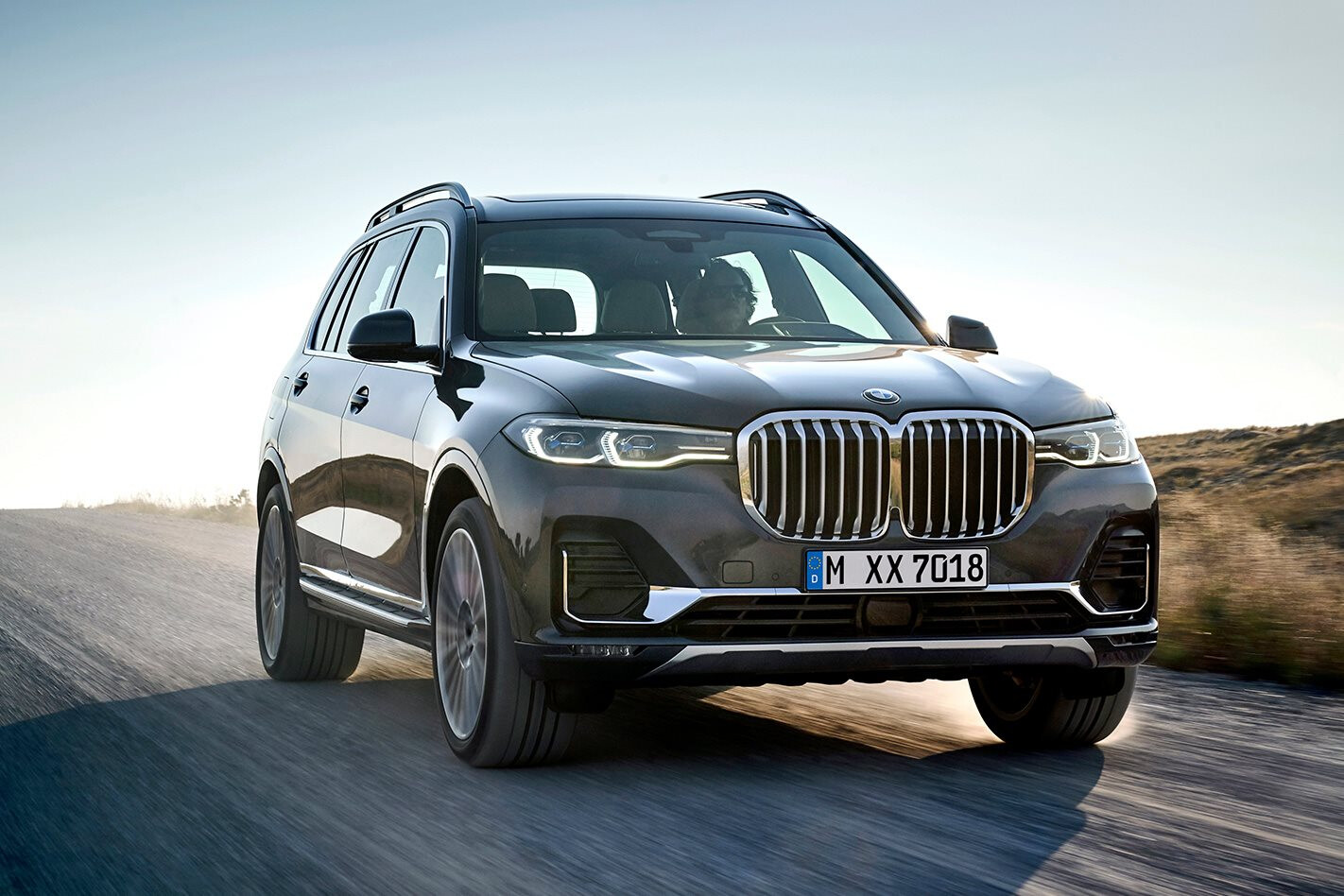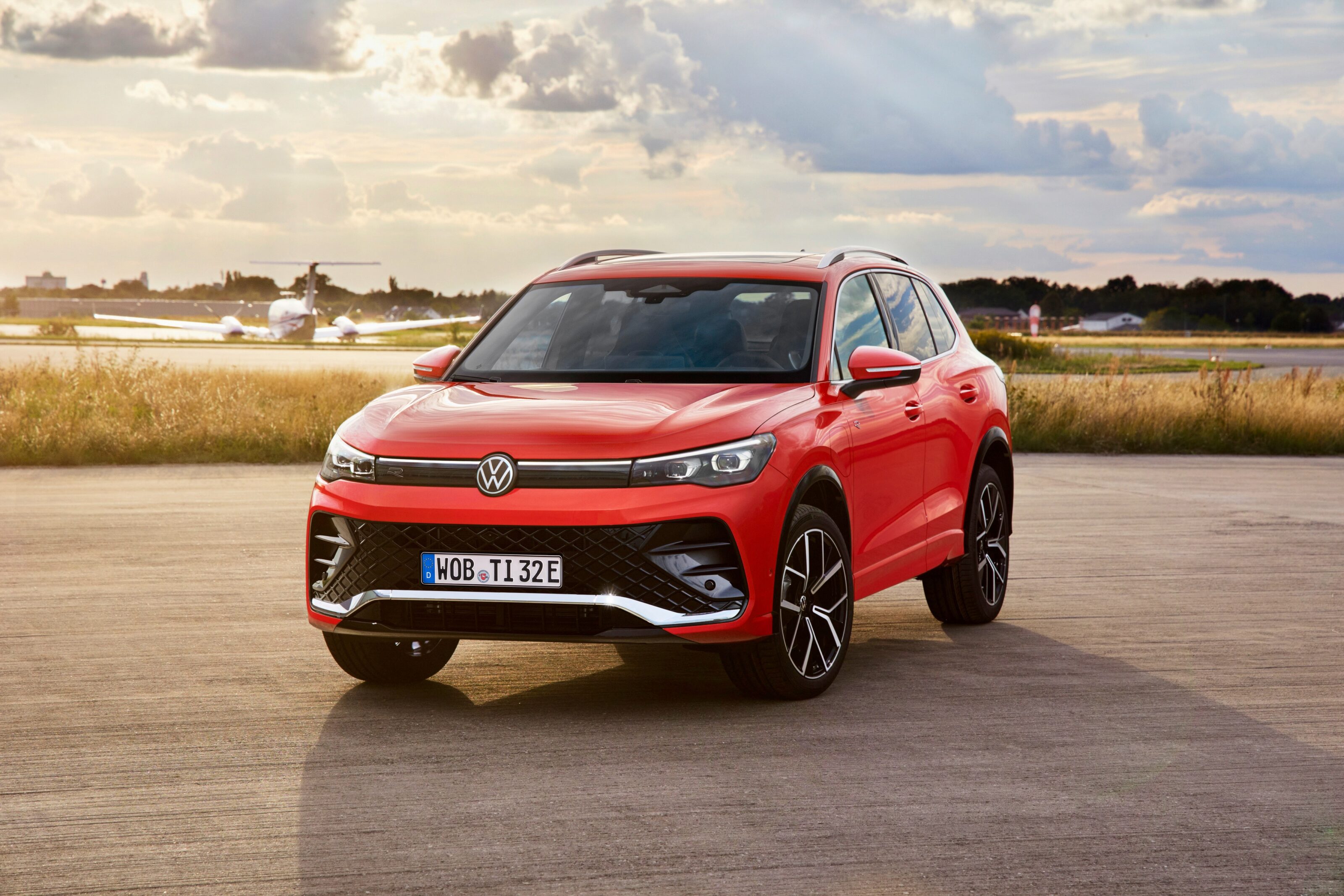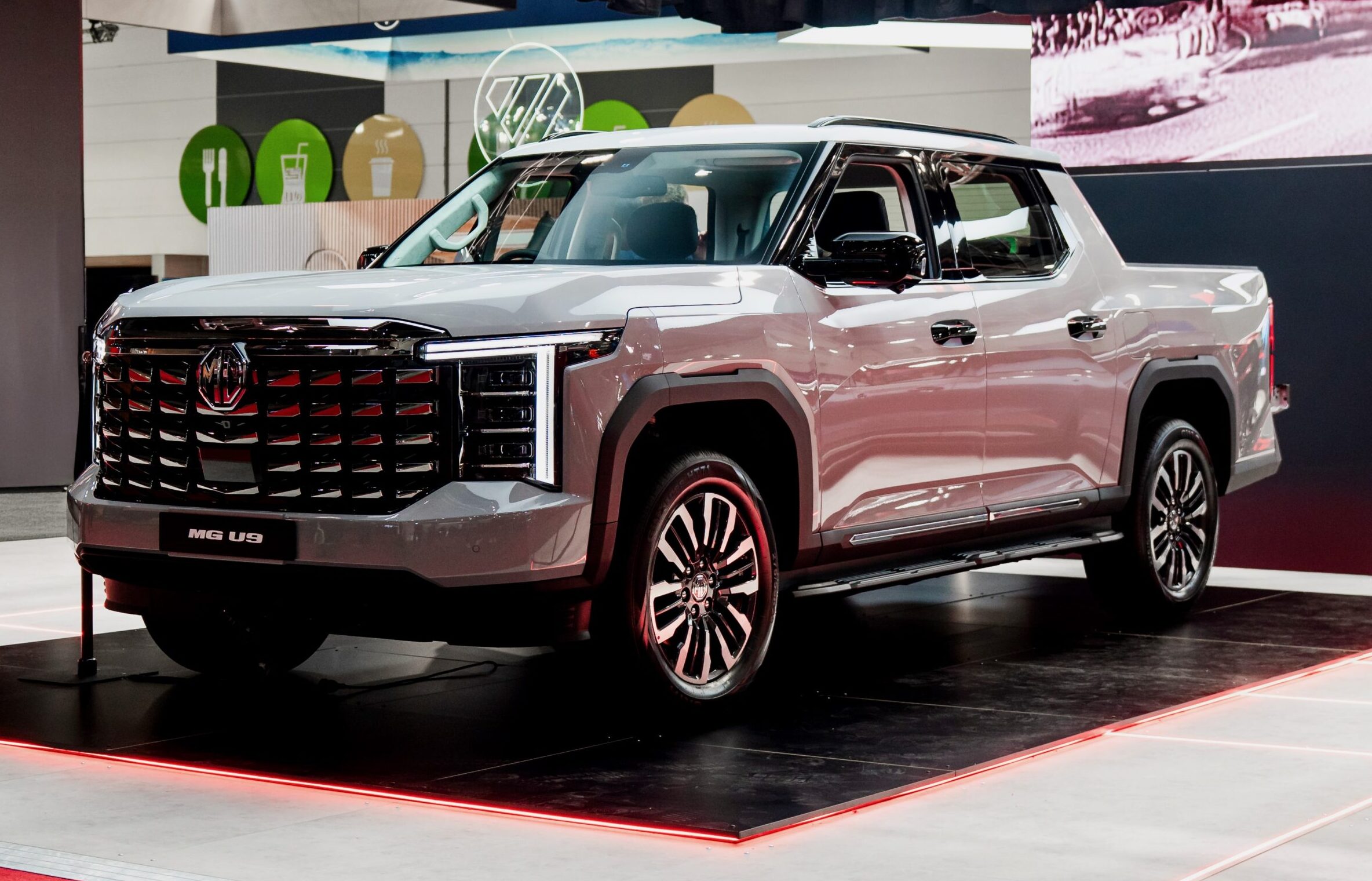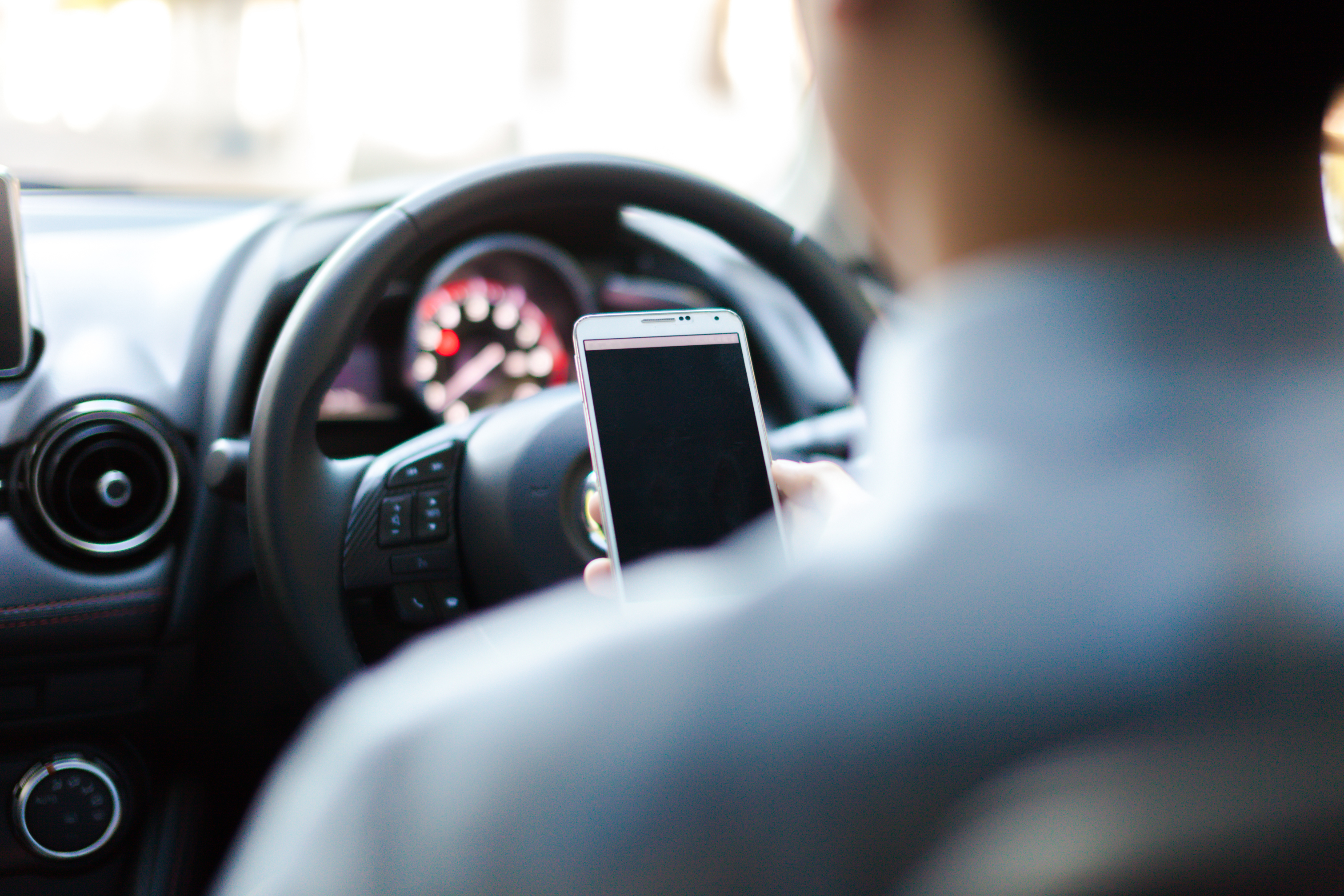BMW has lifted an enormous cover off its all-new X7 SUV, revealing the biggest model in its line-up, and it’s coming to dominate roads near you.
The X7’s 5151mm length is only exceeded by long-wheelbase 7 Series models. But those uber limos have nothing on the towering 1805mm height, and 2000mm width of the X7, which also has a wheelbase of 3105mm.

Four variants will be available at launch, and enthusiasts will be glad to hear BMW engineers have slotted a 4.4-litre twin-turbo V8 under the bonnet for one version coming to Oz, the xDrive50i, which won’t be available in Europe.
The bent-eight sends 340kW and 650Nm to all four wheels via an eight-speed automatic gearbox, good for a 5.4-second 0-100km/h sprint.
Customers who don’t want to lose bragging rights at the traffic light grand prix but prioritise fuel efficiency can opt for the M50d, which features a 3.0-litre six-cylinder turbo-diesel good for 294kW and 760Nm. Again, power is sent to all four wheels via an eight-speed auto, but this X7 will sip 7.0-7.4L/100km compared to the V8’s 11.4L/100km.
At the most accessible end of the range is the xDrive40i, which has a 3.0-litre turbo six-cylinder petrol producing 250kW and 450Nm to complete the 0-100km/h sprint in 6.1 seconds, with an 8.7-9.0L/100km.
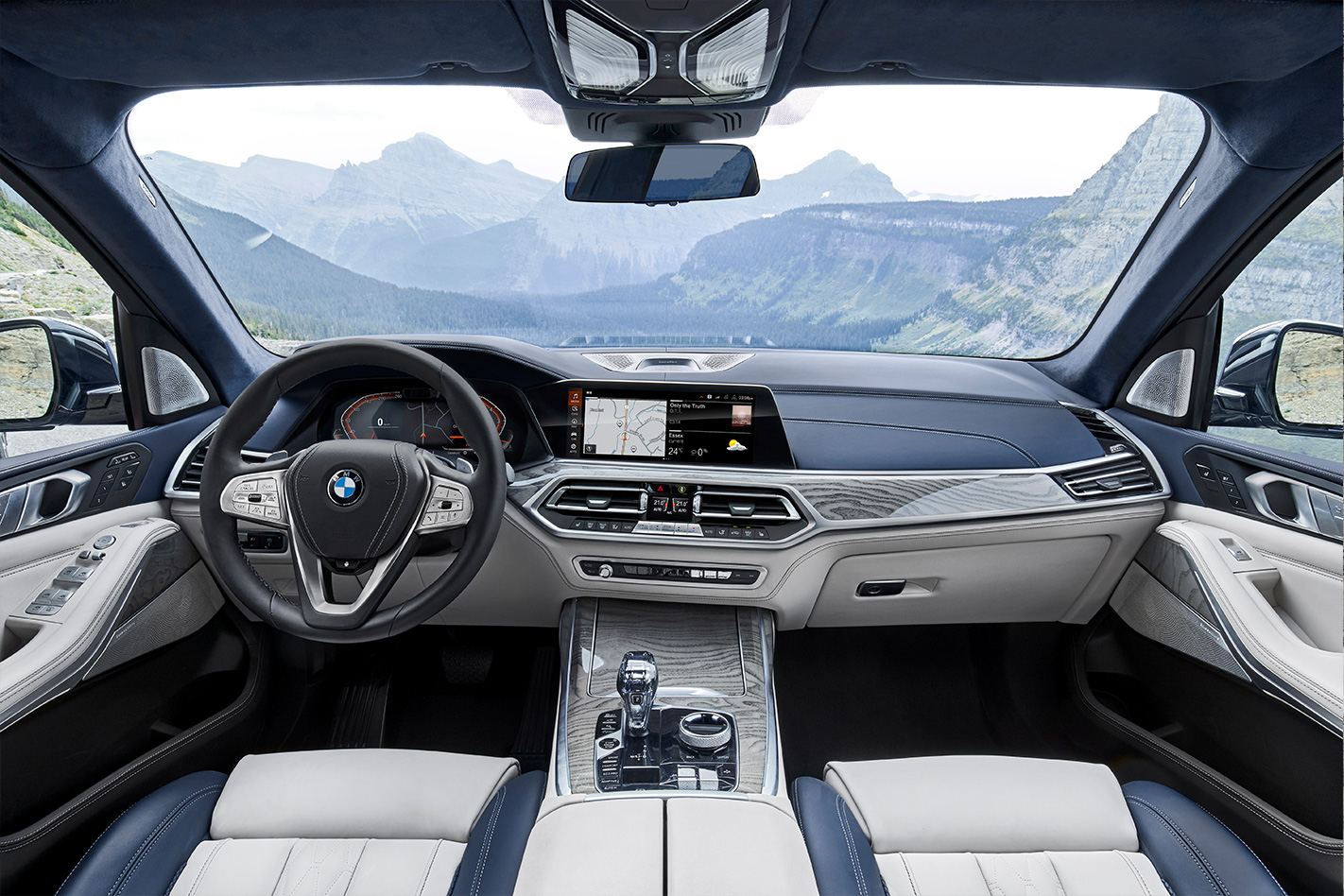
An xDrive30d is also available, with a 3.0-litre turbo-diesel six-cylinder tuned to produce 195kW and 620Nm for a 7.0-second 0-100km/h time, and 6.5-6.8L/100km claimed fuel efficiency.
It won’t be hard to miss the X7 on the road, thanks in part to its sheer stature and unmistakably BMW styling – in particular the overgrown kidney grille on the front end. LED headlights are standard, along with a two-section split tailgate.
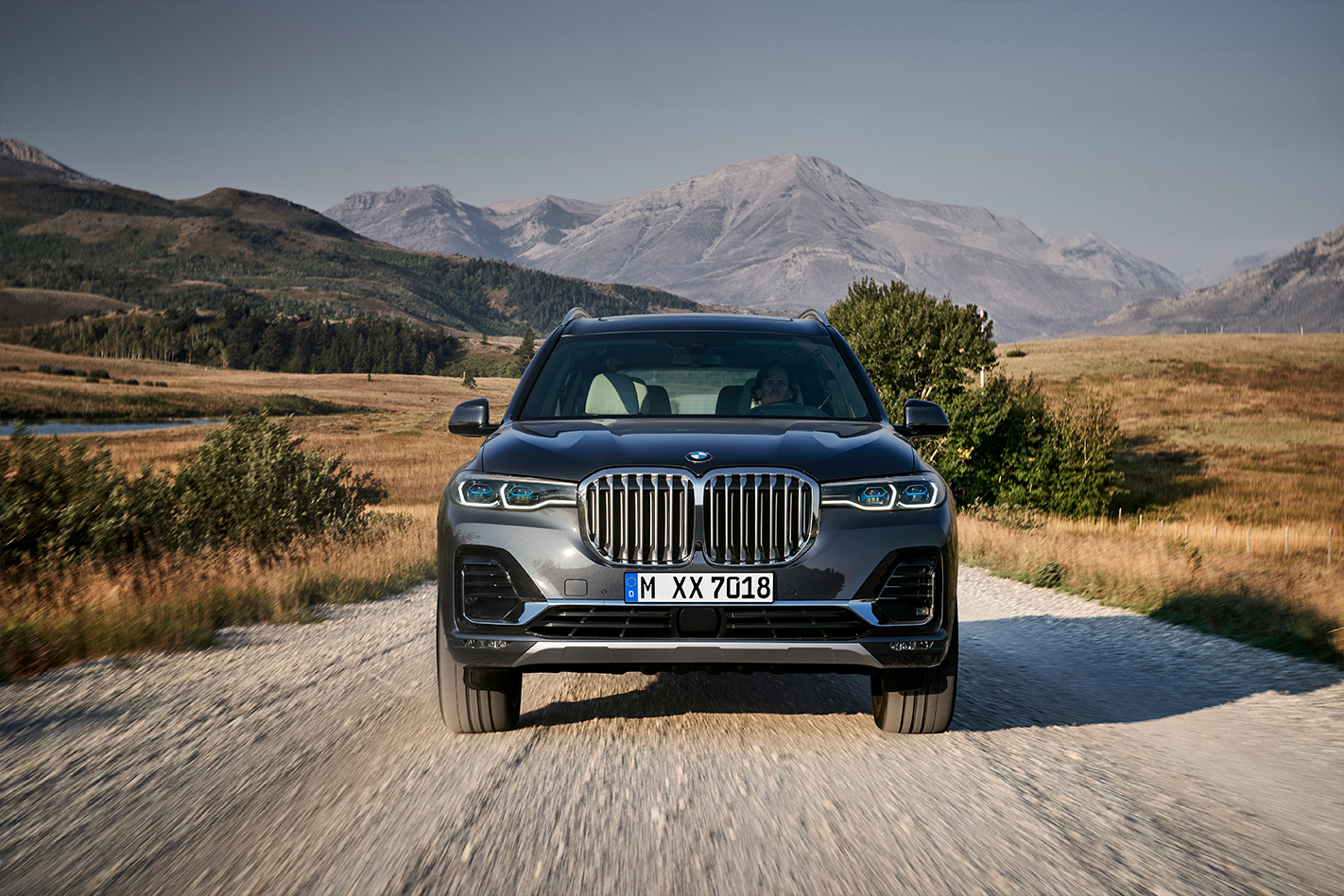
Wheel sizes range from 20- to 22-inches, while air springs and adaptive dampers are standard. Active steering and active roll stabilisation are optional.
The M50d will receive an M Sport differential as standard, while xDrive50i and xDrive40i owners will be able to tick a box to have it fitted to their cars.
While most likely to be found in your local gated community, the X7 is capable of getting dirt in its treads when fitted with an optional off-road package, which enables xSand, xGravel, xRocks and xSnow driving modes.
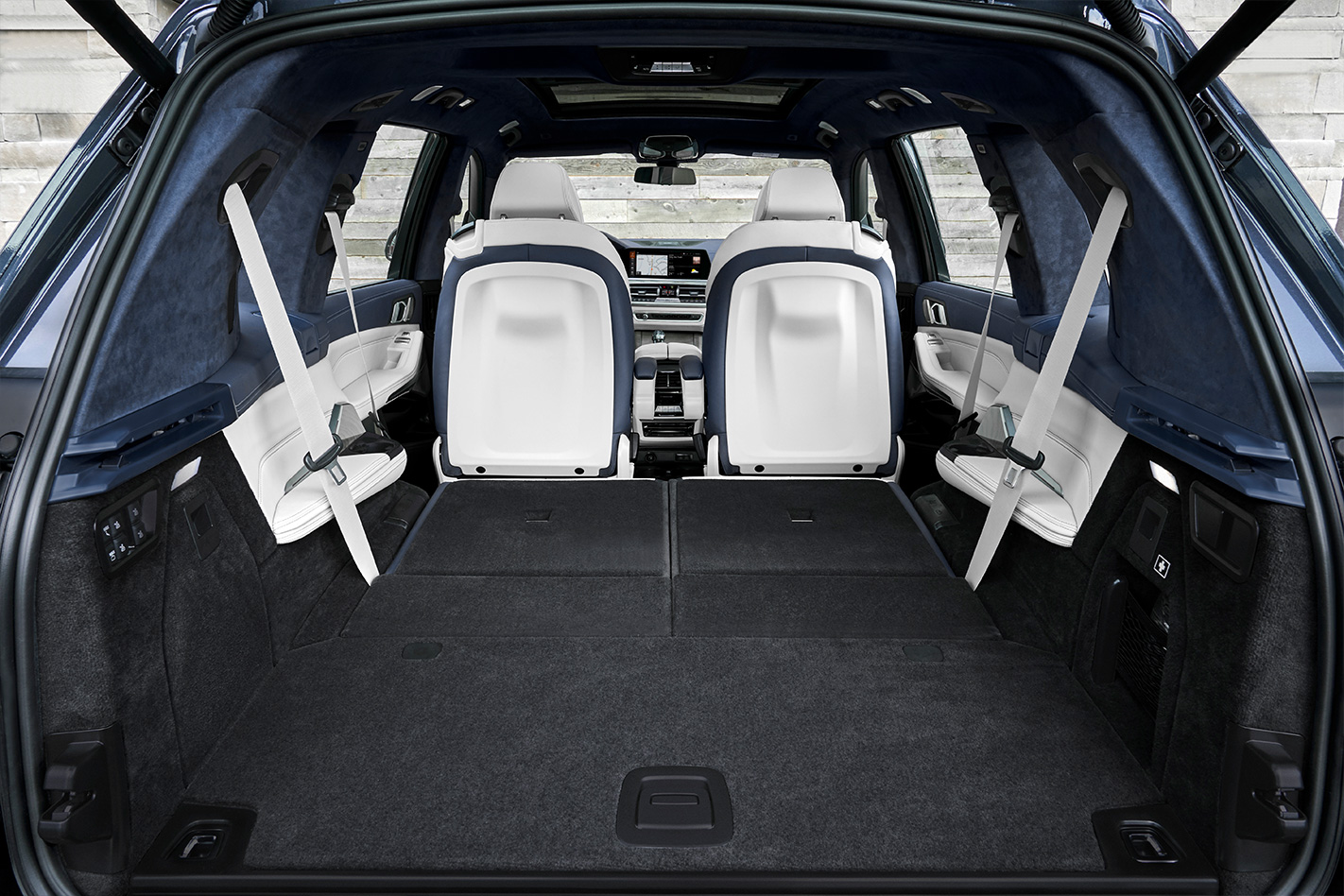
BMW says the standard driver assistance systems will vary depending on market, however it’s likely Australian X7 owners will be treated to a full suite of features, including active cruise control, steering and lane control assist, and parking assist – the latter of which will come in handy at the Westfield car park due to the X7’s sheer size.
Dual 12.3-inch digital displays dominate the cabin, with one replacing a traditional instrument cluster, while the other is used to control BMW’s seventh-generation infotainment. The operating system can be interacted with via the iDrive Controller, steering wheel buttons, voice control and gesture control.
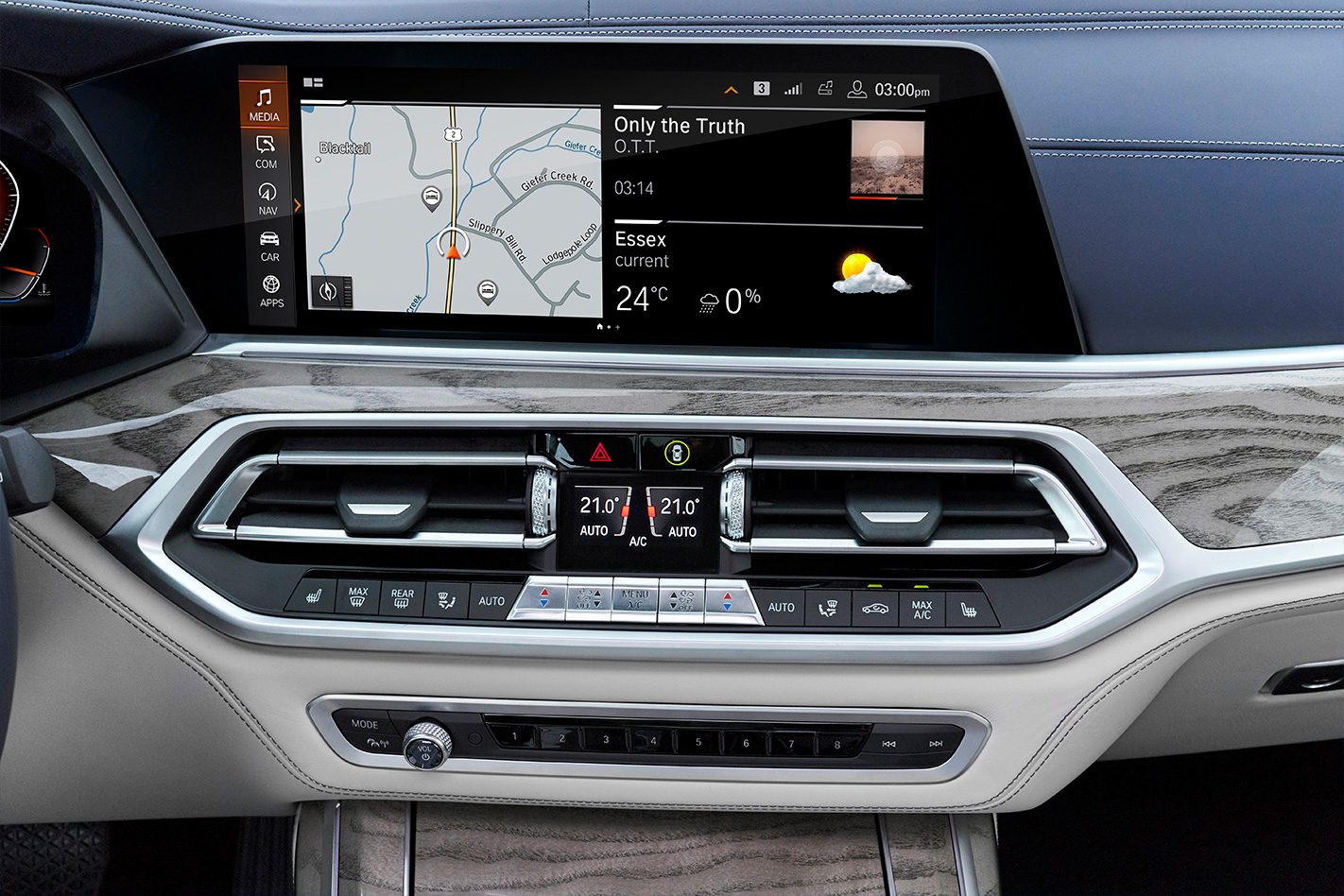
Following similar lines to Mercedes-Benz’s cutting-edge MBUX system, BMW says the X7 will feature an ‘intelligent personal assistant’ who responds to voice control, and can activate ‘in-car experiences’ including satellite navigation. A BMW digital key also allows X7 owners to unlock and start the vehicle using their smartphone.
All X7s are able to transport a small tribe in luxury thanks to its seven-seat, three-row configuration. Or the middle row can be specified with two individual ‘comfort seats’ for a price. The back pews feature armrests, cup holders, and USB ports as standard, and all seats are electrically adjustable. Boot space ranges from 326 litres to 2120.
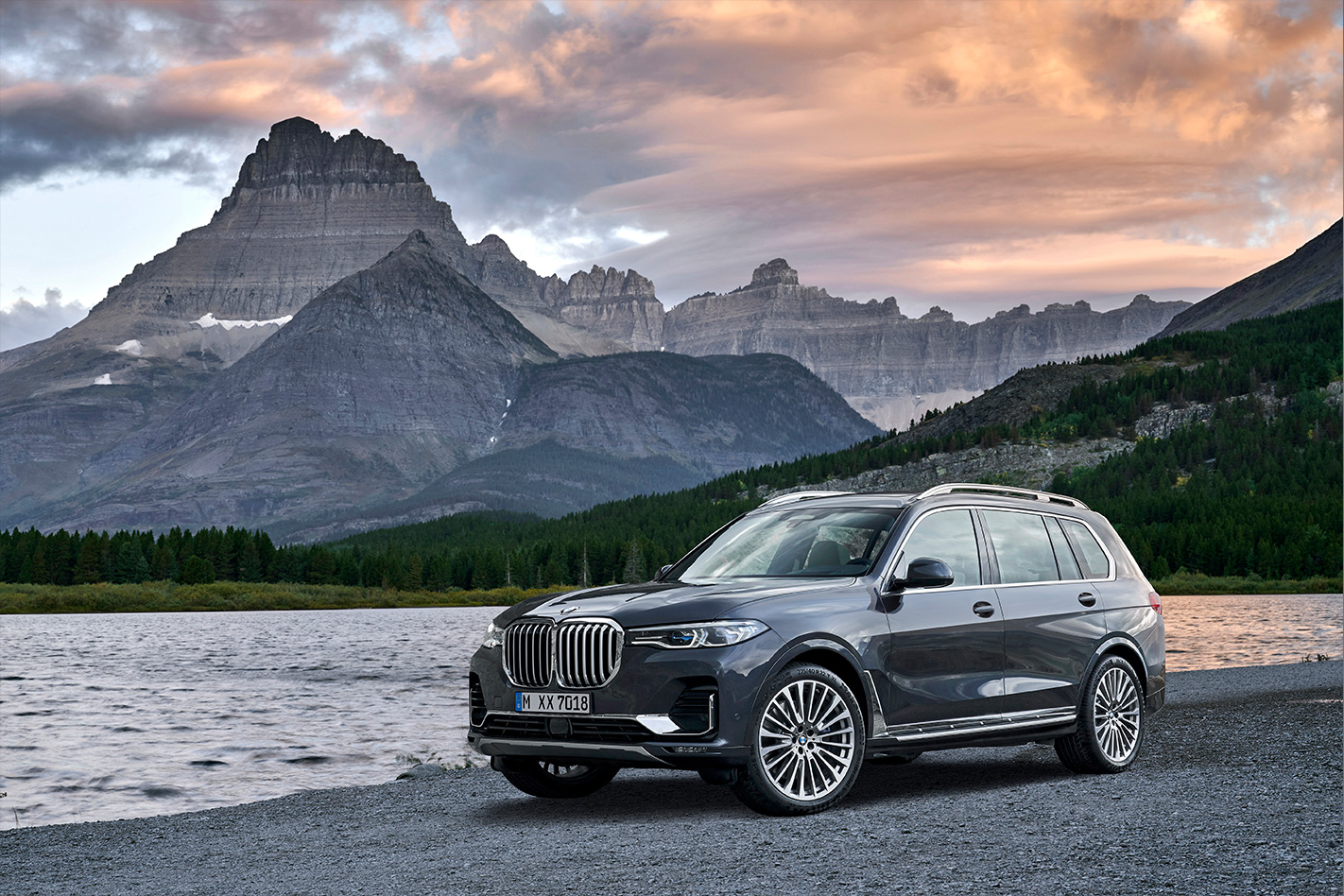
Production of all X7s will take place at BMW’s Spartanburg plant in the United States. Market launch is scheduled for March 2019.


